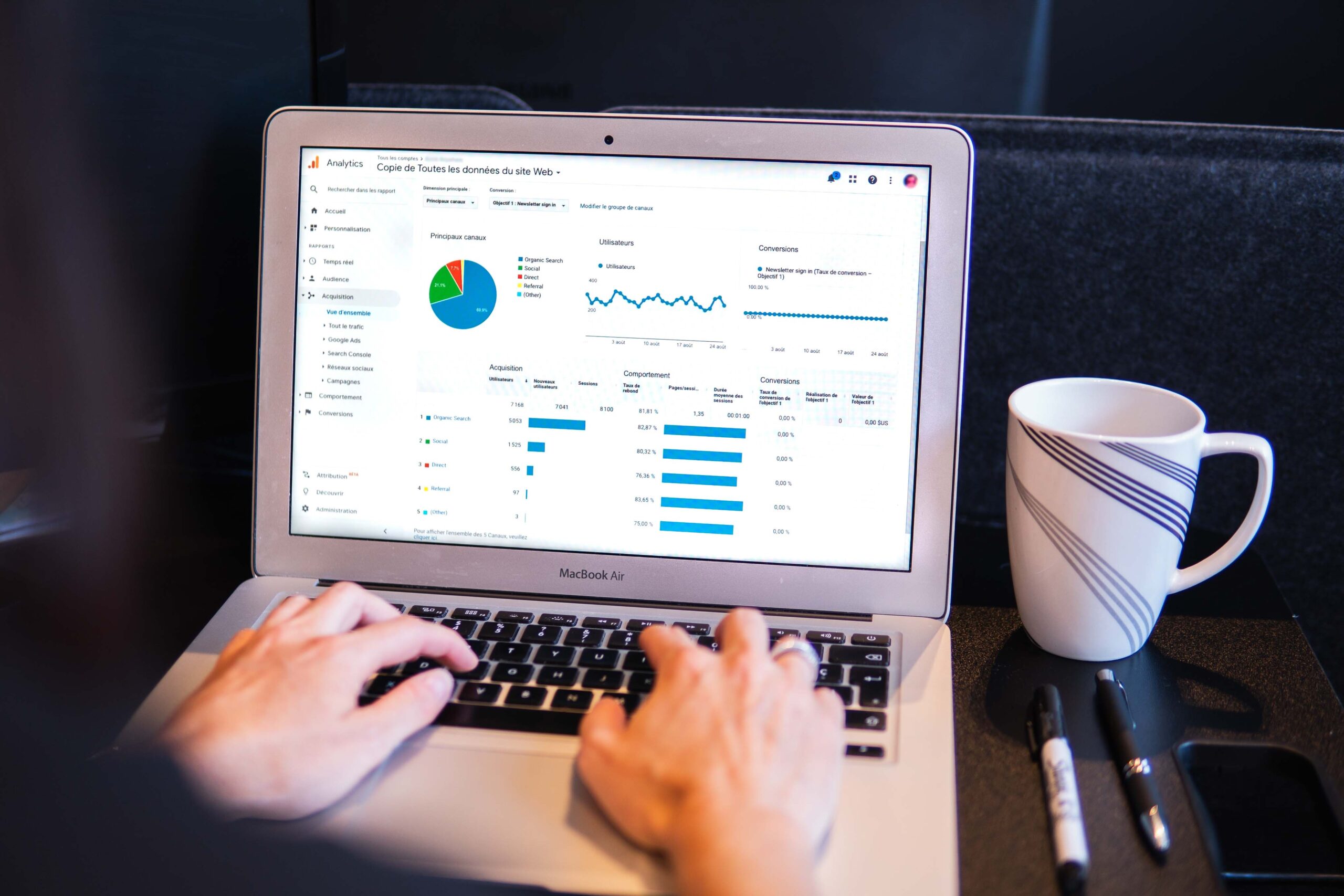Some people may have a question like this, “can we use the data from the Internet?” There’s no doubt that the Internet provides so much incredible information today. We want to dig out how valuable it could be, and that’s why web data scraping comes up. Web data scraping, the process of something similar to automatic copy-and-pasting, is a growing field that can provide powerful insights to support business analytics and intelligence.
In this blog, I will discuss multiple use cases and essential data mining tools for harvesting web data. Now, let’s begin.
How can we use web scraping?
Some people may know that big data could help us a lot in many fields (check out Data Mining Explained With 10 Interesting Stories to see the interesting examples), but some may not have any idea of how we can leverage web scraping. Here I will give you some real examples.
1. Content Aggregation
For most media websites, access to trending information on the web on a continuous basis and being quick at reporting news is important to them. Web scraping makes it possible to monitor popular news portals and social media to get updated information by trending keywords or topics. With the help of web scraping, the update speed could be very fast.
Another example to use this kind of content aggregation is usually the business development group identifying what companies are planning to expand or relocate by scanning through a news article. People could always get updated information using web scraping techniques.
2. Competitor Monitoring
E-commerce typically needs to watch out for competitors to get real-time data from them and to fine-tune their own catalogs with competitive strategy. Web scraping makes it possible to closely monitor the activities of competitors, no matter it is the promotion activities or the updated product information of your competitors. You could even gain popularity by each passing day by pulling product details and deals given the tightening of competition in the online space. And plug the extracted data into your own automated system that assigns ideal prices for every product after analyzing all this information.
3. Sentiment Analysis
User-generated content (UGC) is the basics of the sentiment analysis project. Usually, this kind of data involves reviews, opinions or complaints about the products, services, music, movie, books, events or any other consumer-focused service or particular events. All this information could be easily acquired by deploying multiple web crawlers programmed to crawl data from different sources.
4. Market research
Almost every company needs to do market research. Different kinds of data are available online, including product information, tags, reviews on social media or other review platforms, news, etc. With the traditional methods of data acquisition, conducting market research is a time-consuming and costly job. Web data extraction is by far the easiest way to gather a huge volume of relevant data for market research.
5. Machine Learning
Like sentiment analysis, web data available could be a good material for machine learning. Tagged extracted content or entity extraction from metadata fields and values could be the sources of Natural Language Processing; statistical tagging or clustering systems could be done with categories and tags information. Web scraping helps you get the extracted data in a more efficient and accurate way.
Web scraping tools and methods
By far the best way to extract data from the web is to outsource your data scraping project to a DaaS (Data-as-a-Service) provider. Since DaaS companies would have the necessary expertise and infrastructure required for smooth and seamless data extraction, you are completely relieved from the responsibility of web crawling.
Yet there’s a more convenient way to do the project – using the web scraping tools! We have introduced many scrapers in our previous blogs like Top 5 Web Scraping Tools Comparison. We listed almost all the required features for a good web scraper.
However, there isn’t one perfect tool. All tools have their pros and cons and they are in some ways more suited to different people. Octoparse and Mozenda, created for non-programmers, are easier to use than any other scrapers. You could get the hang of it easily by browsing a few tutorials.
The most flexible way for web scraping is to write the scrapers yourself. Most of the web scrapers are written in Python to ease the process of further processing of the collected data. But it is not easy for most people. Programming knowledge is required, and you even need to deal with all levels of complexity from loiterer to Captcha when building a scraper. All in all, for people without a programming background, using a web scraping tool/service may be the best choice.




